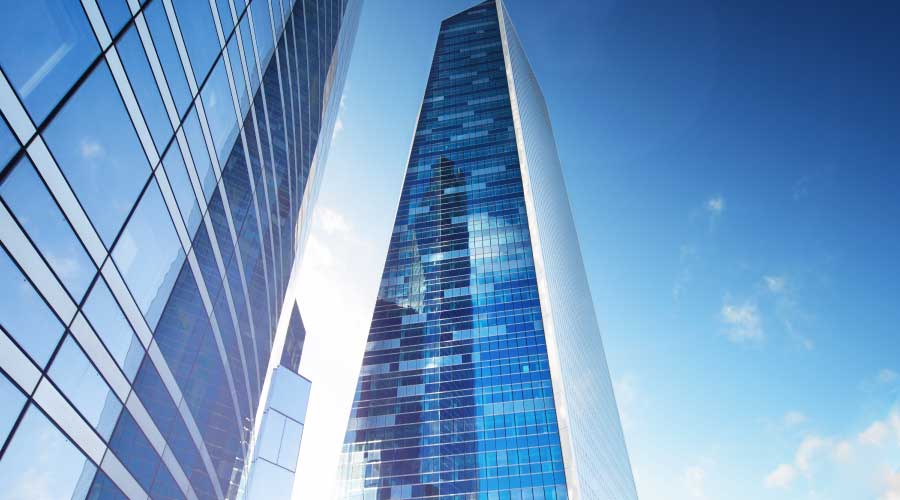
How LEED v5 Addresses Facility Resilience
Two prerequisites and several LEED credits focus on resilience, risk assessment, and business continuity. November 29, 2023
By Greg Zimmerman, senior contributing editor
The new version of LEED – LEED v5, which USGBC has released in draft form – emphasizes facility resilience more than any previous version before. The reasons for this should be obvious: Extreme weather caused by climate change. Volatile energy markets. Even shortages of skilled labor and uncertainty regarding real estate markets and occupancy levels going forward.
According to a story by USGBC’s Taryn Holowka, USGBC uses the National Oceanic and Atmospheric Administration’s (NOAA’s) definition of resilience: “The ability to prepare and plan for, absorb, recover from, and more successfully adapt to adverse events.”
LEED v5 for Operations and Maintenance: Existing Buildings includes two prerequisites (prerequisites are strategies buildings are required to complete to be LEED certified at any level) related to resilience. One requires facility managers working on LEED certification to assess and plan for climate-related risks. The other requires facility managers to perform an occupant needs assessment to identify how adverse weather can affect building occupants and what they’re require in such an event.
A credit in LEED v5 awards facility managers and project teams for performing an operational planning and response for resilience analysis, essentially identifying risks and developing strategies for business continuity in case of an extreme weather event.
Several other LEED v5 credits touch resilience, as well, including site management policy, grid harmonization, and indoor air quality performance.
The LEED v5 draft is available for free download now.
Greg Zimmerman is senior contributing editor for FacilitiesNet.com and Building Operating Management magazine.
Next
Read next on FacilitiesNet












